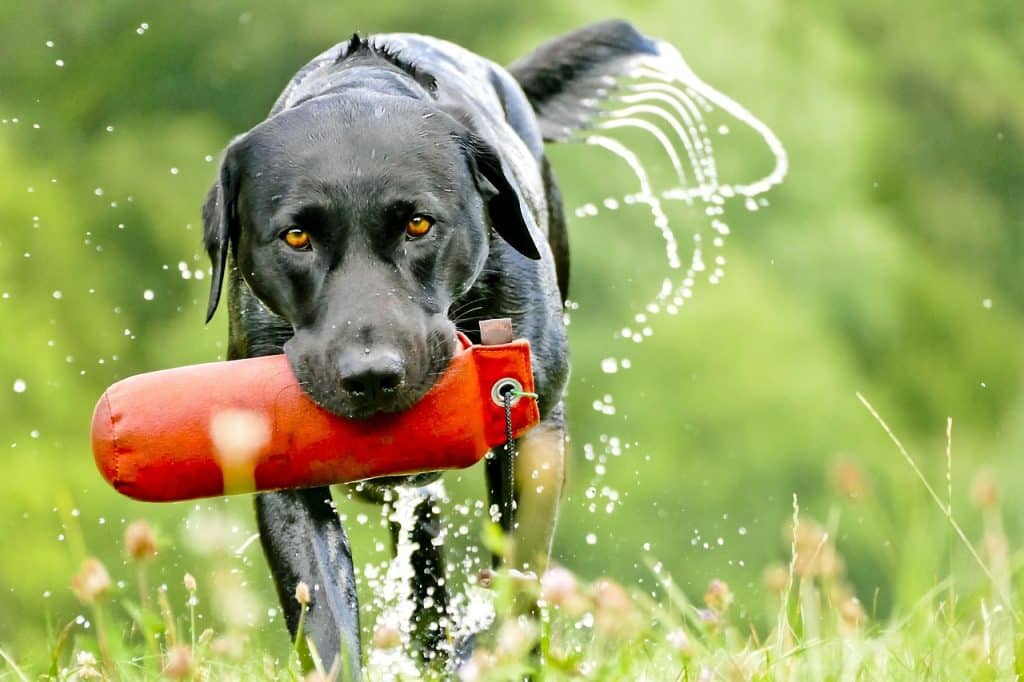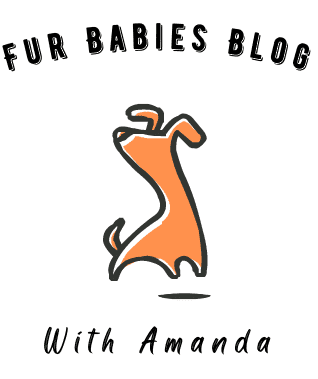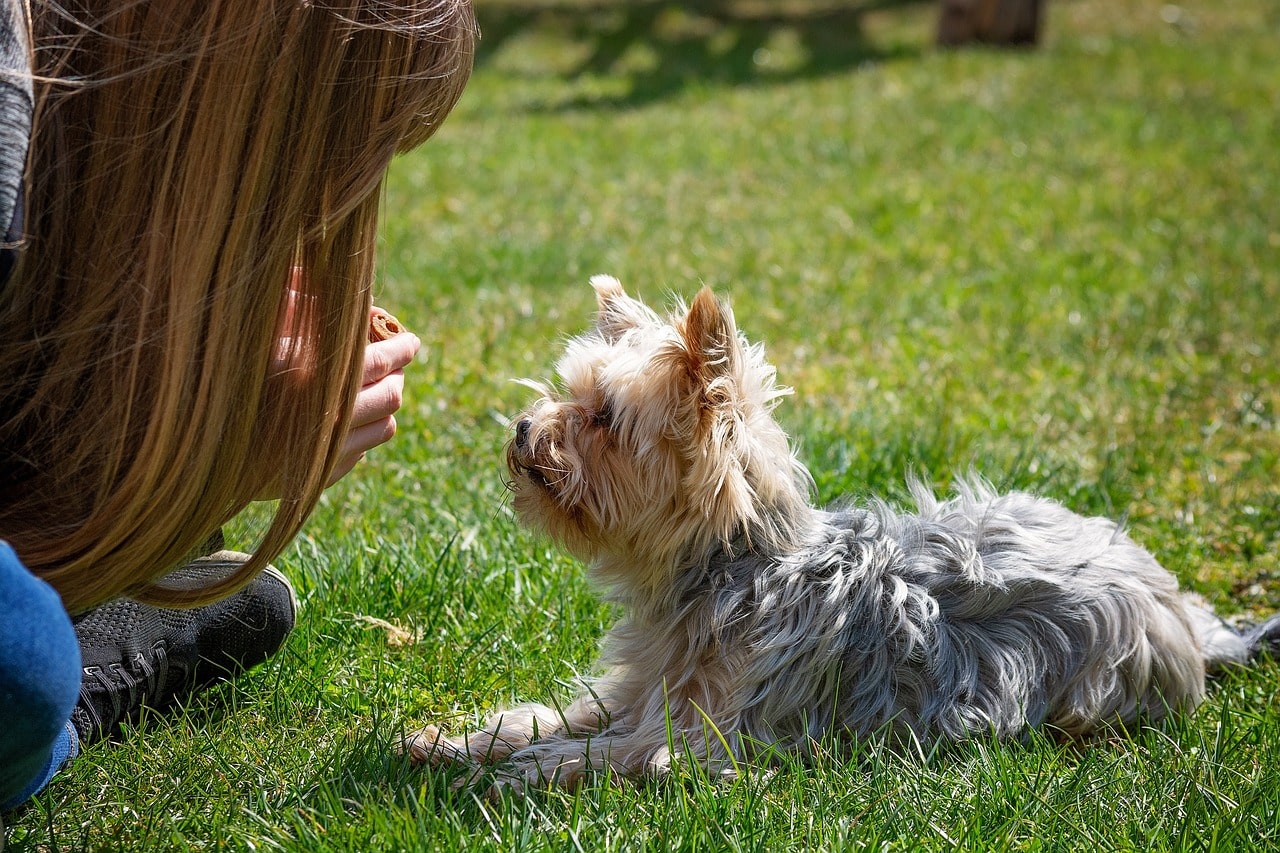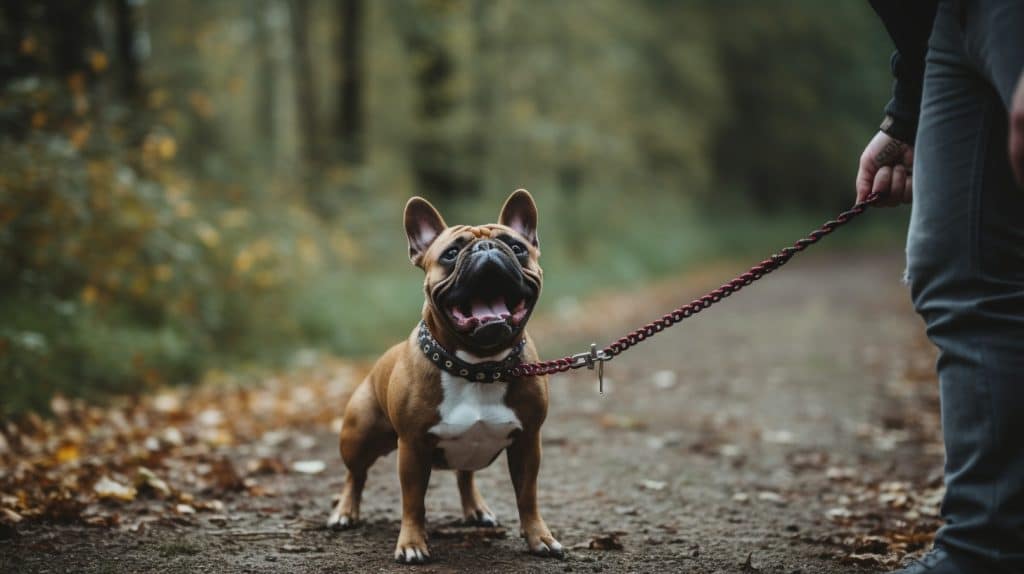Dog training with a whistle
Tuning In: Embracing Dog Training with a Whistle
I’ve been on an amazing journey with my furry companion doing dog training with a whistle. This tool has been instrumental in establishing clear and consistent communication, positioning me as the leader in our training sessions.
My experience with dog training with a whistle began with learning my dog to associate the sound of the whistle with specific behaviors like “come” or “sit.” It's been especially effective for recall training, helping my dog to come back promptly.

The whistle's ability to travel long distances makes it a superior training tool for outdoor activities, enhancing my dog's obedience. If you want to train your dog in an effective and reliable way, I highly recommend the whistle as a powerful tool.
Importance of Consistency in Whistle Training
In my journey with dog training with a whistle, I’ve learned the importance of consistency. Regular use of the whistle reinforces clear communication between me and my dog. I use specific whistle sounds for commands like “quiet” or “stop,” which my dog quickly associates with the intended behavior, making training more effective.
Maintaining a consistent training schedule has made it easier for my dog to understand and respond to my commands. Patience and understanding that each dog is unique are crucial as you help your dog learn through this process.
Why Choose a Whistle? Understanding the Appeal in Dog Training
Using a whistle for dog training offers clear and concise communication. The distinct sound of the whistle easily grabs my dog’s attention, even in noisy environments, making it an ideal tool for recall commands.
It adds a fun element to our training sessions, making it easier for the dog to learn. For anyone looking to learn how to use a whistle in training, I highly recommend it for its effectiveness.
Understanding Different Whistle Sounds and Their Impact on Dogs
Understanding the various sounds and their impact is crucial in dog training with a whistle. Each whistle sound, like two long blasts for “sit” or three short ones for “come,” carries specific meanings. I’ve found the Winchester whistle, with its versatile range, suitable for training my dog to follow different commands. Consistency and patience are key in making whistle training successful.
Whistles have been used for dog training and communication for generations. Prior to that, humans communicated with their dogs by whistling the old-fashioned way, with their breath. You can use a whistle to “talk” with your dog and establish a behavioral routine, just as you do with verbal commands or clicker training for “sit” and “stay” or playing fetch.
https://www.hillspet.com
Criteria for Selecting a Suitable Whistle for Your Dog
When selecting a suitable whistle for training, ensure its loud enough for your dog to hear, especially outdoors. The whistle should produce a clear sound, distinct from other noises.
I chose one with adjustable frequencies, suitable for training different dog breeds. Durability and comfort are also important; I always wear my whistle around my neck for easy access during training sessions.
The Impact of Whistle Commands in Dog Training
The impact of using simple commands in dog training with a whistle has been profound for me. It establishes clear leadership and consistent communication. The precision and accuracy of whistle commands, like “sit” or “come,” have reinforced my dog’s training, making it an effective way to communicate and shape behavior.

Getting Your Dog Familiar with the Whistle
Getting my dog familiar with the whistle involved starting in a distraction-free environment. I associated the whistle with positive experiences, teaching my dog that the sound signifies something good.
I began with short, gentle blasts, using the whistle as a tool to reinforce desired behaviors like recall training, gradually increasing the intensity and duration.
If your dog is comfortable with the whistle, decide what blast pattern you want to use as a cue for which behavior. For example, you may want your recall cue to be three short toots on the whistle. Give the new recall cue (three short toots), and, if your dog looks at and/or comes toward you, immediately mark the behavior with the click of a clicker or a verbal marker such as the word “Yes!” and give your dog a couple of high-value treats.
https://www.whole-dog-journal.com
How to Link Whistle Sounds to Specific Commands
Linking different whistle sounds to specific commands has been a key part of my training. For example, a short, sharp whistle signal for “sit” and a longer, continuous one for the dog to come back. Consistently using the same whistle sound for each command helps my dog understand and respond effectively.
Debating the Whistle Method: Pros and Cons in Dog Training
While I advocate using a whistle in dog training, it’s important to consider its pros and cons. The clarity of whistle sounds ensures the dog understands commands, but it’s essential to balance this with other training methods to ensure comprehensive learning.
Mastering the Whistle: Techniques for Effective Dog Training

Mastering different whistle techniques has been crucial in my training. The whistle helps me communicate a range of commands effectively. Familiarizing myself with different types of whistles, like pea whistles or silent whistles, has been part of this learning process.
Whistle Training for Hunting Dogs
Any dog owner who enjoys hunting, using a whistle for training a hunting dog has always been essential. It allows for clear communication over large distances, which is crucial for safety and effectiveness in the field.
Whistle Usage for Recall and Distance Commands
Using a whistle for recall and distance commands has improved my dog's responsiveness. The whistle sound cuts through distractions, making it an effective way to communicate commands over large distances.
A Brief History of Whistle Commands in Dog Training
The use of whistle commands in dog training has a rich history, originating from hunters communicating with their hounds. It has evolved into a popular training tool, allowing trainers to teach various commands with precision.

Final Thoughts on Dog Training Techniques
Using a whistle in dog training is an effective and versatile method. It's important to remember that each dog is unique and may respond differently. Consulting with expert trainers, like Ben Randall, and using positive reinforcement throughout the training process can yield great results.
Training with a whistle, when done with patience and kindness, can be a deeply rewarding experience for you and your furry friend.
FAQ
Training your dog with a whistle might seem daunting at first, but it's a highly effective way to communicate with your furry friend. The key is consistency. When you use a dog whistle, it's important to avoid confusing your dog with mixed signals.
Start with simple commands and gradually increase the complexity. Getting a dog to respond to a whistle requires patience, just like any other aspect of dog training. Remember, every canine is different, and how quickly your dog responds to the whistle will vary.
Absolutely! A whistle is an excellent tool for dog training. It’s clear, distinct sound cuts through other noises, ensuring your dog may hear and respond to your commands more readily than to a verbal command.
Using a dog whistle can be particularly effective for specific tasks, like getting your dog to stop barking or for recall commands in open spaces. The consistency of a whistle sound is a reliable way to communicate with your pup.
Yes, you can train your dog to come using a whistle. This is often one of the first whistle commands trainers teach. To do this, blow the whistle and use a verbal command like “come.” Reward your dog when they respond correctly.
Over time, your dog will associate the sound of the whistle with the action of coming to you. It's a straightforward and efficient method to get your dog's attention and ensure they return to you, especially at large distances.
Whistle commands for a dog can vary, but common ones include:
One short blow for “sit”
Two short blows for “lie down”
A series of rapid blows for “come”
A long blast for “stay” or “stop barking” Remember, the key is to use the whistle consistently with each command and avoid confusing your dog with different sounds for the same command.
Typically, trainers use a series of rapid, short blows on the whistle for dog recall. This pattern is distinct and grabs the dog’s attention, signalling them to return to you. The exact number can vary, but it's often three short blasts.
Consistency is crucial, so always use the same whistle pattern for recall to help your dog understand and respond quickly.




